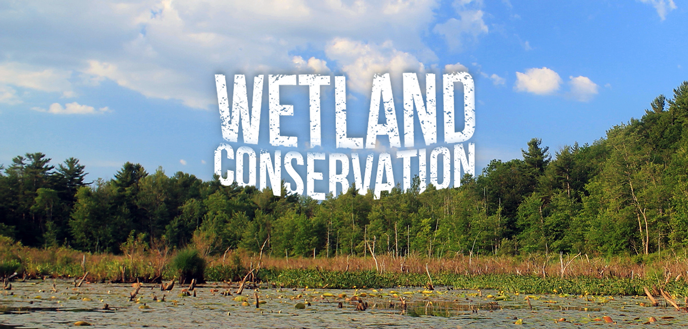Wetland Management for Wildlife: Preserving Nature’s Haven
Introduction:
Wetlands are vital ecosystems that provide a range of benefits to both wildlife and humans. They serve as natural habitats for countless species, act as water filters, mitigate flooding, and contribute to the overall health of our planet. Managing wetlands is crucial to ensure their longevity and the preservation of the biodiversity they support. In this article, we will delve into wetland management strategies specifically aimed at enhancing wildlife habitats.
1. Understanding Wetland Characteristics:
Before delving into specific management techniques, it is essential to understand the unique characteristics of wetlands. These areas are influenced by factors such as hydrology (water flow), soil composition, vegetation types, and topography. By studying these elements in detail, landowners can better tailor their management practices to suit local conditions.
2. Creating Diverse Habitats:
One key aspect of managing wetlands for wildlife is creating diverse habitats within the ecosystem. This involves maintaining a variety of plant species that cater to different animals’ needs throughout various life stages. Wetland plants like cattails (Typha spp.), sedges (Carex spp.), and bulrushes (Scirpus spp.) offer nesting sites and cover for birds while providing food sources such as seeds or insects.
To enhance diversity further, landowners can introduce native aquatic plants like water lilies (Nymphaea spp.) or pickerelweed (Pontederia cordata). These plants provide additional shelter options while attracting pollinators like bees and butterflies.
3. Managing Water Levels:
Water levels play a critical role in wetland ecosystems’ health since they influence habitat availability for different species at various times during the year. Some animals require shallow water for feeding or breeding purposes, while others prefer deeper areas with emergent vegetation cover.
To manage water levels effectively, landowners may need to consider installing structures such as culverts or water control gates. These structures allow for better regulation of water flow, ensuring that different areas within the wetland receive appropriate levels at the right times.
4. Controlling Invasive Species:
Invasive plants and animals can threaten native wetland species by outcompeting them for resources or altering their habitats. Managing invasive species is crucial to maintain a healthy wetland ecosystem.
To control invasives, landowners should regularly monitor their wetlands and promptly address any new introductions. Techniques such as manual removal, prescribed burning, or targeted herbicide application can help eradicate or manage invasive species effectively.
5. Preserving Wetland Edges:
The edge habitat where a wetland meets upland areas is particularly important for wildlife. This transitional zone provides unique resources and serves as a buffer between different ecosystems.
Preserving and managing these edges involves maintaining vegetation diversity with native plantings like willows (Salix spp.), dogwoods (Cornus spp.), or buttonbushes (Cephalanthus occidentalis). These plants offer food sources, nesting sites, and cover for many bird species while acting as natural filters that prevent erosion and runoff into the wetlands.
6. Establishing Wildlife Corridors:
Wetlands are often interconnected with other natural habitats through streams, rivers, or vegetation corridors. These connections allow wildlife to move freely between different ecosystems in search of food, mates, or shelter.
Landowners can enhance connectivity by establishing wildlife corridors that link neighboring habitats to their wetlands. Planting native shrubs along riparian zones or creating hedgerows using tree species like black cherry (Prunus serotina) can provide valuable movement pathways and increase overall biodiversity on the property.
7. Monitoring Wildlife Populations:
Regular monitoring of wildlife populations within managed wetlands helps assess the effectiveness of management techniques employed. Landowners can collaborate with local conservation organizations or universities to conduct surveys using methods such as bird counts, mammal tracking, or amphibian monitoring.
By documenting changes in species abundance and diversity over time, landowners can identify potential issues and adjust their management practices accordingly.
Conclusion:
Wetland management for wildlife is a crucial responsibility for landowners interested in preserving biodiversity and promoting healthy ecosystems. By understanding wetland characteristics, creating diverse habitats, managing water levels, controlling invasive species, preserving wetland edges, establishing wildlife corridors, and monitoring wildlife populations, landowners can contribute significantly to the conservation of these precious natural resources. Through our collective efforts in wetland preservation and management, we can ensure that future generations inherit a world teeming with vibrant and resilient wildlife.


Leave a comment